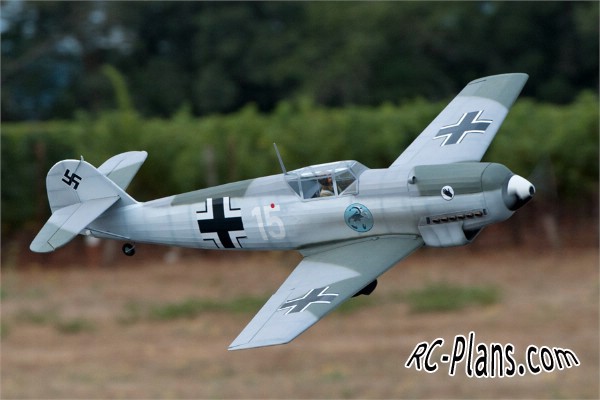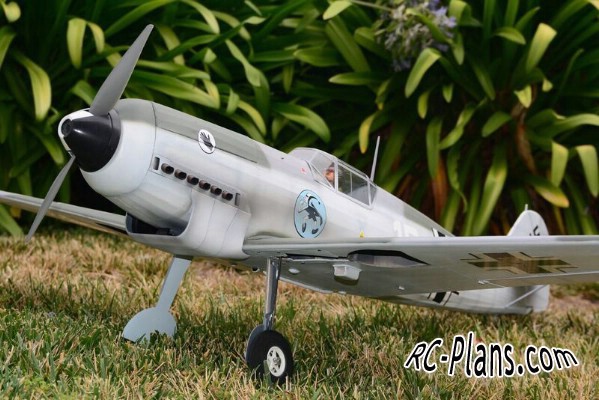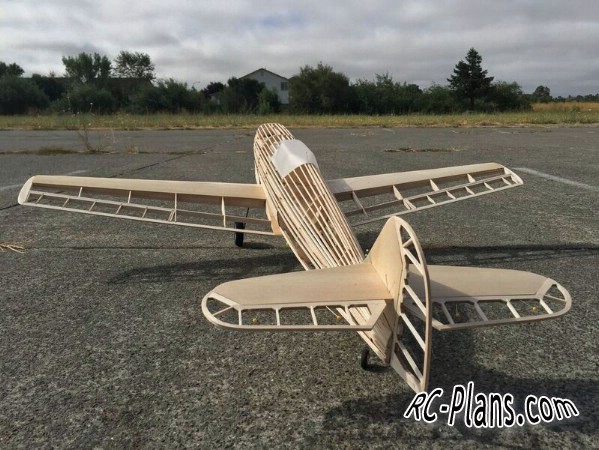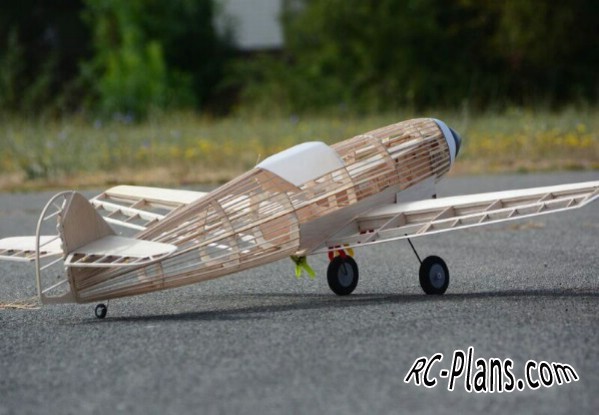Rewiev: When introduced in 1935, Willy Messerschmitt’s Bf 109 was nothing short of revolutionary. Luftwaffe pilots were initially wary of the high wing loading, the side-hinged canopy, and the narrow track of the
landing gear.

Some of their fears were well founded. For instance, the landing gear arrangement that greatly simplified manufacturing and maintenance also contributed to thousands of accidents. But after pilots such as Ernst Udet embraced the little hot rod, the Bf 109 began shattering speed and agility records at the great prewar air meets of Europe.

By 1945, the Bf 109 was the preferred mount of many of the Luftwaffe’s top aces, including the highest-scoring ace of all time—Erich Hartmann, with 352 victories. Repeatedly upgraded, the 109 was in continuous production throughout the war. Nearly 34,000 were completed, including license-built models in Spain and Czechoslovakia—more than any other fighter in history. Incredibly, the last operational mission for the Bf 109 was in 1967 in the same Spanish skies where it first saw combat in the 1930s.

The early variants of the 109, from the “V” prototypes through the Bf 109E or Emil, can be distinguished from the later marks by their square wingtips. The earlier variants also tended to be aerodynamically cleaner, as various bumps and bulges were added from the Gustav onward to accommodate the heavier weapons that they carried. Many builders prefer the battle-hardened Gustav, but I find the earlier variants sleeker and more appealing.

If the clean lines and historical significance of the Bf 109 aren’t enough of an attraction, there are also myriad paint schemes for consideration. These range from the aircraft of the Condor Legion in Spain, to those that battled over France and Britain, and to the aircraft stationed in North Africa. If front-line schemes don’t turn your crank, there were several colorful, polished, prewar racers that are bound to turn heads at the field.